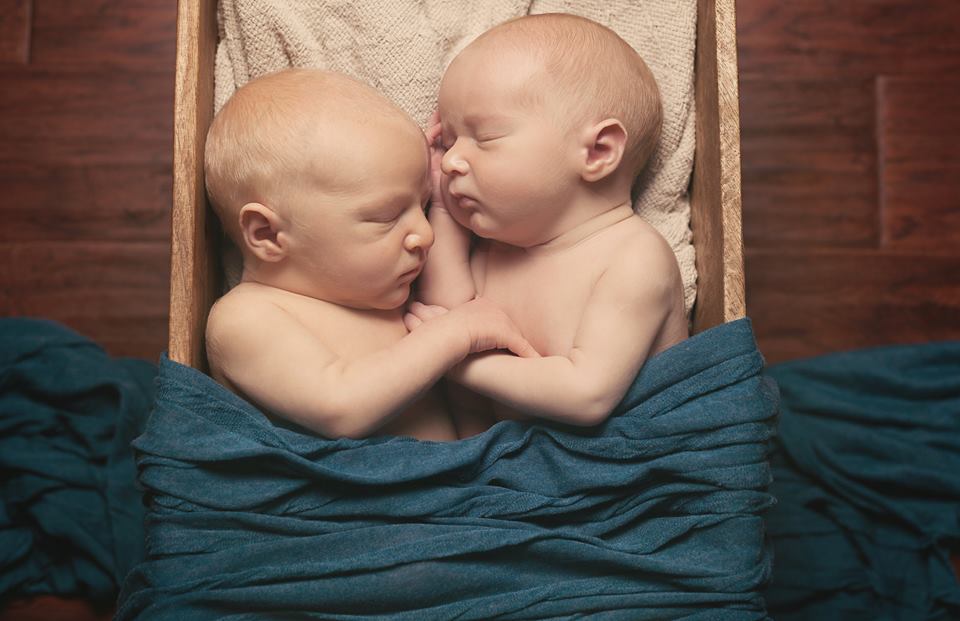
by Templa Melnick | Nov 3, 2014 | Colorado history, Templa's Trivia
My first grand babies entered the world a few weeks ago, in a hospital hundreds of miles away from this grandmother. And, within minutes of their arrival I had pictures of their sweet little faces on my smart phone via a text from my son. A few hours later, friends and family – and a bunch of people I don’t know, were ooohing and aaahing over these precious little ones as they made their debut on Facebook and Instagram.
And the funny thing is… I took this immediate exchange of information for granted. As though I’ve always had this technology at my fingertips, when in fact, I was a latecomer to the technoparty.
There have been vast changes to the way we communicate over the past decade or two. Smart phones have replaced cell phones, which replaced pagers, (I know, some of you just said, “What’s a pager?”) which brought a whole new level of “instant availability” to the world.
Before that, our phones were stationary devices that were hooked to a wall with a curly cord. If you wanted to drive your mother crazy, all you had to do was empty a box of birdseed onto the floor juuuuuust beyond the limits of that stretchy – but limited cord. (One of my earliest childhood memories right there. And, alas, when my mom hung UP the phone, she reached me just fine. Something my three- year- old reasoning had failed to take into consideration!)
A few decades ago, if you weren’t home when the phone rang, that was it. You missed the call. There were no voicemails, no caller ID, no text messages.
And does anyone remember the “party line?” In rural areas, or to save a few bucks on the monthly bill, you could share a line with several other families. So, you’d listen for your family’s distinct ring before you answered. And if you were the gossipy type, you might listen in on other people’s conversations.
The first long distance telephone call was made May 8th, 1910 from Denver, Colorado to New York City, New York. According to the Museum of Western Colorado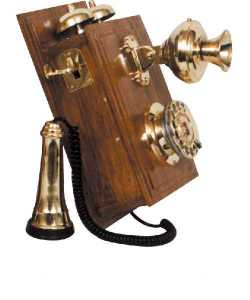 , the first telephone lines reached Fruita, Colorado around 1900. But, it would be another twenty or thirty years before the majority of western slope households had their own telephone.
, the first telephone lines reached Fruita, Colorado around 1900. But, it would be another twenty or thirty years before the majority of western slope households had their own telephone.
I knew a woman who worked for the telephone company back in the 1940’s and 1950’s here on the western slope of Colorado. Her first job out of high school was as the operator who physically connected each incoming call. (Remember the TV show Andy Griffith, and the operator named Sarah that was always on the line when they picked up the phone? Yeah, it was really like that.) There was a certain young man that she was interested in. Whenever he would ask to speak to another young woman in their little community, she’d “accidentally” drop the connection or connect him to the wrong number. When I met her, they’d been married for over fifty years. They still laughed about how she had kept the competition away.
I love my smart phone. I really do. But, I was checking my email while waiting in line at the grocery store when I realized that the line separating work from the rest of my life has gotten really, really fuzzy. And the constant flow of cyber chatter can be overwhelming. I find myself longing for “the good old days” when people had an office phone and a house phone. Period. And email was an office thing.
Then I take it a step further, and think about the days before telephones at all. Hmmm. That might be nice. No pesky political calls or pushy sales people, no interrupting of family time. No blurring of the lines between work and the rest of my life. It seems so peaceful… so quiet.
But wait. I wouldn’t have those first, sweet glimpses of my grandbabies. And I wouldn’t have received the call that set my heart at ease, “They’re here. Mom and babies are doing great.” And we wouldn’t have had the answers at our fingertips for all of those new baby questions… Is this normal? What do you do when…? (Wow. I wish we’d had the internet when MY babies were born!) And I wouldn’t have been able to share the joyous news with all of MY friends and family.
So, here it is: I have a love/hate relationship with my smart phone. Technology is my friend. And my enemy. I love feeling connected to friends and loved ones with a simple scroll through social media sites. I love having instant access to reliable directions when I’m in a strange city. And at the same time, I hate the interruptions that pull me away from my time with the people I love. I dislike the distraction and the constant chatter I subject myself to via social media, and the stress of never really leaving work at work. There’s a balance in there somewhere… I just haven’t found it yet.
by Templa Melnick | Jul 22, 2014 | Colorado history
On family road trips as a child, my mind would be a hundred years away as I contemplated what it was like to be rattling over the sagebrush in a covered wagon. Once, in a rare moment with my grandmother, she told me that she rode from Missouri to South Dakota in a covered wagon when she was a little girl. My awe amused her. She quickly dashed my romanticized (thanks Hollywood!) image of the event to the rocky ground. Her version included biting flies the likes of which I’ve only seen in horror movies, miserable heat and humidity, and endless hours of unchanging scenery broken up by harrowing river crossings and broken wagon wheels. She remembered the broken wheels vividly because her father expanded her vocabulary during a repair.
Today, as I drive along the (mostly) modern highways of western Colorado, with my air conditioner and i-tunes blasting, I can’t help but think of the hearty folks who clambered over these roads before they were paved. What was it like to trek from Grand Junction to Montrose a hundred years ago? How long did it take to schlep over the magnificent Rocky Mountains that divide the state of Colorado into the eastern and western slopes? Who drove the first cars in this lovely state?
In my book, Season of Forgiveness, I staged a silly – and slightly unnecessary – scene with a race between a motor car and a team of horses pulling a wagon. I chose the Pierce-Arrow motor car for my fictional race for two reasons. First, it was the largest car manufactured at the time, and Emma has a large family. Secondly, the Pierce-Arrow was the most luxurious and expensive automobile manufactured at that time and for many years afterwards.
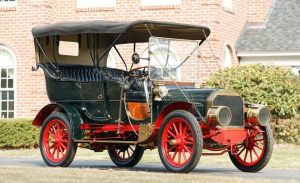
As the Civil War tore our nation apart, George Pierce began his career by manufacturing ice-boxes, birdcages, and bathtubs. He later built bicycles, which were the hot item of the 1890’s, before becoming an automaker. He built his first Pierce Motorette in 1901 with a single cylinder, 31/2-horsepower, water-cooled deDion engine in the rear, replaced in 1903 by Pierce’s own engine. Some 170 Motorettes were made between 1901 and 1903. Next, there was the Stanhope with its Pierce engine under the driver’s seat.
In 1904, the Great Arrow appeared with a four-cylinder Pierce engine. It used cast aluminum body panels, one of many Pierce-Arrow innovations. Pierce- Arrow used aluminum extensively during its history. The 1904 Great Arrow cost $4,000, making it one of the most expensive cars at the time.
Even with such innovations as the Pierce-Arrow’s cast aluminum body panels and four-cylinder engine, early automobiles struggled with Colorado’s rough mountain terrain and the distances between communities. Fuel for the engines was not always readily available.
It would be another fifteen years or so before automobiles were common place in western Colorado. According to a few of the local old-timers, many western slope ranchers and farmers still preferred their trusty team of horses and wagon well into the 1930’s.
According to the history buffs at the Pierce-Arrow Society, (Pierce-Arrow.org)
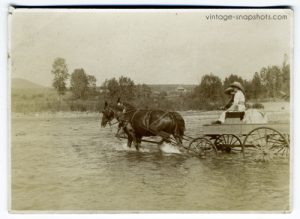
Trusty Team and Wagon
Pierce-Arrows were bought by the rich and famous worldwide. The long and impressive list of owners included heads of state, royalty, congressmen, ambassadors, governors, businessmen, entertainers, and as in MY story, lucky gamblers. Pierce-Arrows were part of the White House fleet from the Taft to Roosevelt administration. In 1909, President Taft, the first President to use an automobile for official duties, ordered two Pierce-Arrows, a brougham and a landaulette. The last Presidential Pierce-Arrow was a 1935 model.
Just in case you were wondering, the car in the photo, a 1905 Pierce-Arrow, was sold at auction a few years back for over $200,000. Sadly, the innovative manufacturer that brought this beauty into the world was hit very hard during the Great Depression and is no longer in existence
As I maneuver the well-traveled interstate today, I’ll try not to grumble at the construction delays or the other drivers who are distracted by their cell phones and toddlers in the backseats. Instead, I’ll let my mind wander as I settle into my climate controlled leather seat. I’ll imagine what this drive would have been like in 1904. Would I have been one of the brave and prosperous few to attempt this drive in a Pierce-Arrow? Or would I drive the tried-and-true team of horses and wagon? I’ll imagine the tedium interspersed with danger of the trek across these beautiful mountains that I am blessed to call my home. Sometimes an overactive imagination comes in handy.
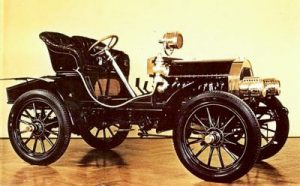
1904 Pierce-Arrow
by Templa Melnick | Jun 3, 2014 | Colorado history

I’m a history geek. I admit it. I just can’t seem to help myself. So when my husband and I stumbled upon a museum that had recreated an entire town, we couldn’t resist. Actually, I couldn’t resist – and my husband is a really patient man.
Museum of the Mountain West, outside of Montrose, Colorado is definitely a perfect place for geeks like me. And the proprietor was more than happy on that blustery, snowy day to give us a guided tour. (Yes, possibly because we were the only ones crazy enough to be out in a snowstorm. We had the place to ourselves.)
Click here to visit their website. www.mountainwestmuseum.com
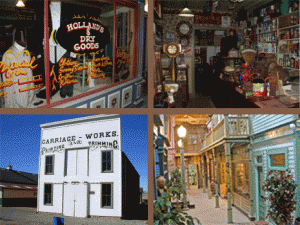
Museum of the Mountain West, Montrose, CO
While I was wandering through one of the immaculately restored buildings, I stumbled upon a collection of tin cans that once held various types of food. One of the most popular? Canned mutton. Just the sound of it made me shiver. Eeew.
But, my modern prejudices aside, it was an extremely popular item with many miners, homesteaders and other early residents of western Colorado. Canned mutton was inexpensive, traveled well, could be heated over a camp fire, and provided much needed protein. But… even with all of those virtues, it was an acquired taste with a very strong odor, and a taste to match.
Thanks to Charles, Prince of Wales, mutton in making a comeback. He touts it as his favorite dish and has even organized a Mutton Renaissance Campaign to encourage Britons to eat more mutton. As admirable as this is, I’ll bet Prince Charles doesn’t eat his mutton from a can.
Canned mutton actually makes two appearances in my book. Neither of the characters in my book who ate it liked it. But they did eat the stuff. Cold mountain weather and lack of resources will do that to a person. My culinary experiences with mutton are limited to the occasional roasted lamb at Passover. Somehow, I suspect that’s not a fair comparison. Have I ever tried canned sheep meat? Nope. Do I plan on trying it? Nope. I live vicariously through those people I make up in my head. (That’s what fiction writers do. We populate our lives with imaginary people, who do things that we, the writer, may not ever really do.) And they said not to eat the canned mutton.
So, here’s to the stalwart men and women who left behind their empty tin cans and untold stories. They endured harsh Colorado mountain weather, lack of resources, and hardships I can only imagine. I salute you. But the mutton? I’ll leave it for you.

 , the first telephone lines reached Fruita, Colorado around 1900. But, it would be another twenty or thirty years before the majority of western slope households had their own telephone.
, the first telephone lines reached Fruita, Colorado around 1900. But, it would be another twenty or thirty years before the majority of western slope households had their own telephone.




